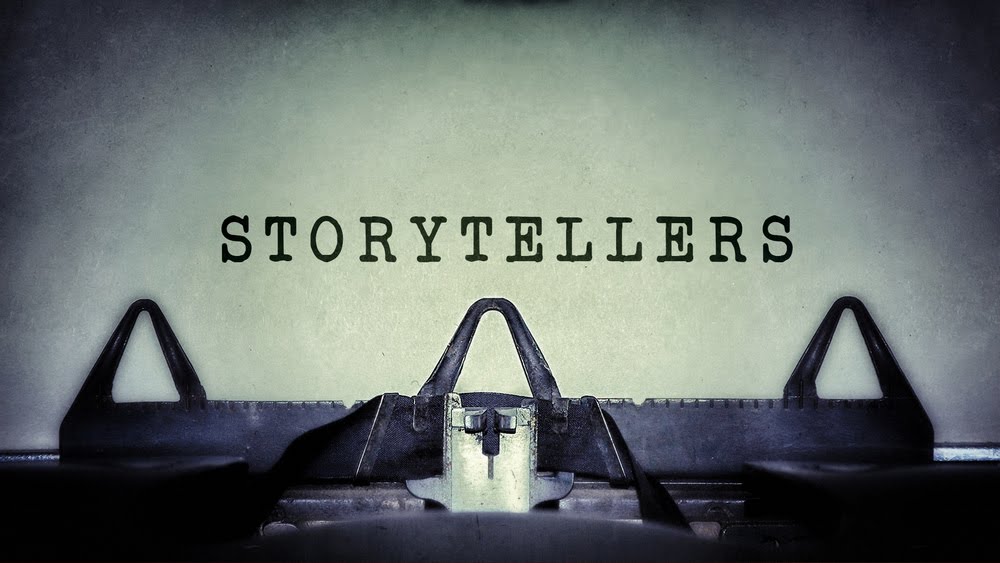Tuesday, August 30, 2016
The Seamlessness of Multimedia Storytelling
At first glance, the definition of multimedia seems quite simple. After all, it's built right into the word, isn’t it? Multi = many. Media = the primary means for mass communication. The most obvious and common definition is the collective use of many media types–such as text, audio, graphics, animation, video, and photographs–to convey information. What’s missing from the definition above is a sense of the complexities that arise in conceptualizing, producing, and packaging multimedia content. Likewise, the word itself has been used in so many fields in recent years that its specific definition also depends on your professional perspective. When placed in the context of a specific field–like business, education, or medicine, for example–the term has more specific connotations. To complicate matters more, working journalists use the term “multimedia storytelling” in a variety of ways. Although most are referring to digital content, some types of content often get more play than others. But regardless of how news sites present multimedia content, media convergence, cross-ownership, and a general migration of journalistic content to the Web have all led to increased focus on multimedia in contemporary journalism. In this context, multimedia refers to both a presentation outcome and a journalistic practice. For our purposes this semester, we’ll define multimedia as a way to recognize the many tools journalists now have for telling stories and as a form of packaging news and information.
Subscribe to:
Posts (Atom)
